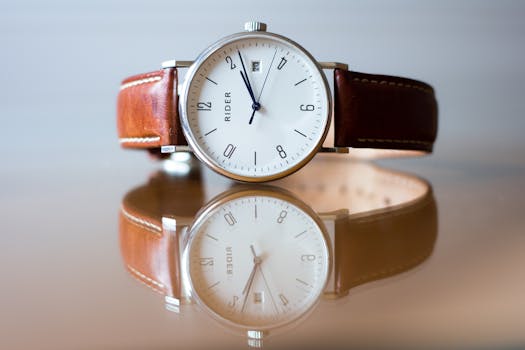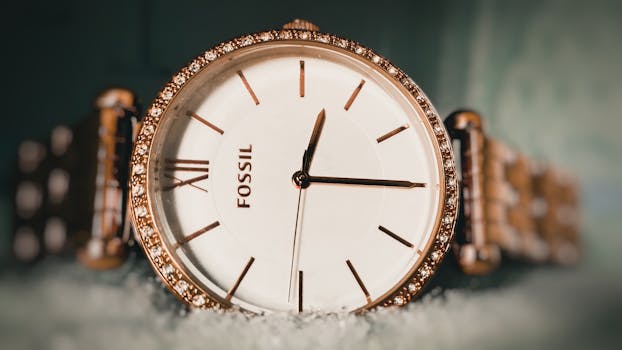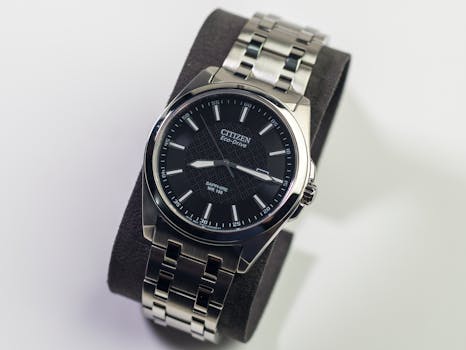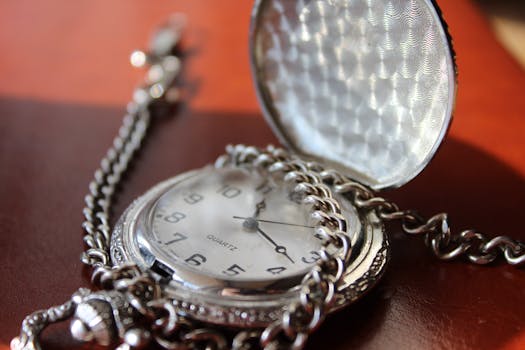
Exploring Different Types of Watch Movements – WordPress
Exploring different types of watch movements is a fascinating topic, especially for watch enthusiasts and collectors. With the rise of WordPress, it’s now easier than ever to create and manage content related to watchmaking and timepieces. In this article, we’ll delve into the world of watch movements, exploring their history, types, and characteristics.
Introduction to Watch Movements

A watch movement is the heart of a timepiece, responsible for measuring time and powering the watch’s hands. Over the years, watch movements have evolved significantly, with various types emerging to cater to different needs and preferences. From quartz and mechanical to automatic and manual, each type of watch movement has its unique characteristics, advantages, and disadvantages.
Types of Watch Movements

There are several types of watch movements, each with its own distinct features and benefits. Some of the most common types include:
- Quartz Watch Movements: These movements use a battery-powered quartz crystal to regulate timekeeping. Quartz watches are known for their accuracy, reliability, and affordability.
- Mechanical Watch Movements: These movements use a spring-powered gear train to measure time. Mechanical watches are prized for their craftsmanship, beauty, and historical significance.
- Automatic Watch Movements: These movements use a self-winding mechanism to power the watch, eliminating the need for battery replacement. Automatic watches are popular for their convenience and ease of use.
- Manual Watch Movements: These movements require manual winding to power the watch. Manual watches are often sought after by collectors and enthusiasts for their unique character and historical value.
Characteristics and Benefits of Watch Movements

Each type of watch movement has its own set of characteristics and benefits. For example:
- Quartz watch movements are known for their accuracy, with an average deviation of just 10 seconds per year.
- Mechanical watch movements are prized for their craftsmanship and beauty, with intricate details and finishing techniques.
- Automatic watch movements are convenient and easy to use, with a self-winding mechanism that eliminates the need for battery replacement.
- Manual watch movements are often sought after by collectors and enthusiasts for their unique character and historical value.
Takeaways

In conclusion, exploring different types of watch movements is a fascinating topic that offers a deeper understanding of the world of watchmaking and timepieces. Some key takeaways from this article include:
- Quartz watch movements are accurate and reliable, but may lack the craftsmanship and beauty of mechanical movements.
- Mechanical watch movements are prized for their beauty and historical significance, but may require more maintenance and upkeep.
- Automatic watch movements are convenient and easy to use, but may be more expensive than quartz or manual movements.
- Manual watch movements are unique and historically significant, but may require more effort and attention from the wearer.
Conclusion

In conclusion, the world of watch movements is complex and fascinating, with various types and characteristics to explore. Whether you’re a watch enthusiast, collector, or simply someone who appreciates the beauty of timepieces, understanding the different types of watch movements can enhance your appreciation and enjoyment of watches. With WordPress, it’s now easier than ever to create and manage content related to watchmaking and timepieces, making it an ideal platform for watch enthusiasts and collectors.




